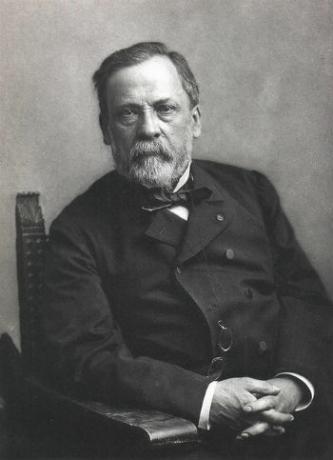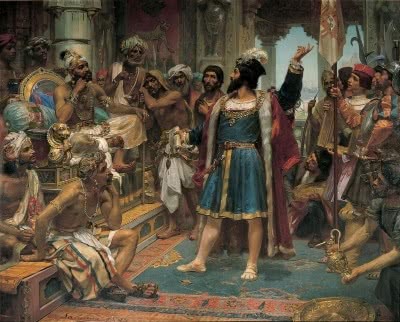Caravaggio was one of the greatest artists of Italian baroque who lived in the 16th century. Owner of a strong personality and an extravagant style, much of his work shocked society.
His painting was considered revolutionary for the time, whether in the techniques used or in the people portrayed.
According to him: "I'm not a brave painter, as they call me, but a brave painter, that is, one who knows how to paint well and imitate natural things well..”
Did you know?
The name Caravaggio refers to the name of the city where he lived. Some historians believe he was born in Milan and later lived in the village of Caravaggio. That's because his family was fleeing the plague in Milan.
Biography
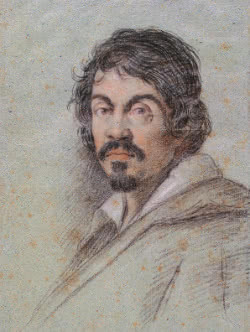
Portrait of Caravaggio by Ottavio Leoni
Michelangelo Merisi, known as Caravaggio, was born on September 29, 1571 in the city of Porto Ercole, in the commune of Monte Argentario, Italy. When he was 6 years old his father passed away.
At the age of 12, he attended Simone Peterzano's studio in Milan, which sparked his interest in plastic arts. There he remained as an apprentice for a few years.
At the age of 18, his mother died. Destined to live as a painter, Caravaggio went to live in Rome. There, he worked as an apprentice in several studios. At first, he had a difficult life, even starving and living on the streets of the big city.
So, he started selling paintings in the streets, until he started working for Cardinal Del Monte. He was patron of the school of painters in Rome, the so-called “Academy of St. Luke”. It was during this period that Caravaggio produced several works of a religious nature.
However, he began to have problems with the excesses of the bohemian life he led. As a result, he became indebted and refused work because he was faithful to his style.
In addition, he even killed the nobleman Tommasoni, during a game of pallacorda, in 1606. After this event, he flees from Rome to Naples.
He later went to the island of Malta, where he was imprisoned for having fought with a nobleman. After that, he goes to Sicily, passing through the cities of Syracuse, Messina and finally Palermo.
In 1609, Caravaggio returns to Naples and there he was wounded by the friends of the nobleman who had quarreled. Injured and stricken by malaria, he died on July 18, 1610, at 38 years of age.
Days after his death, the Pope of Rome absolved him of the murder he committed.
Curiosity
There is controversy over his death, with some believing he was murdered on a beach north of Rome. His body was never found.
Main Works
Caravaggio produced several works, of which the following stand out:
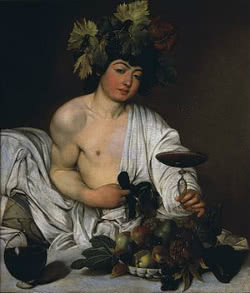
Spleen
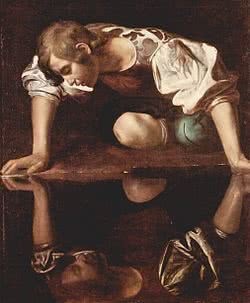
Narcissus
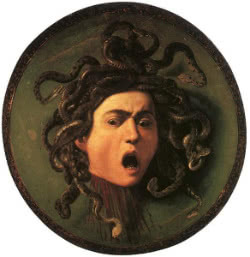
Jellyfish
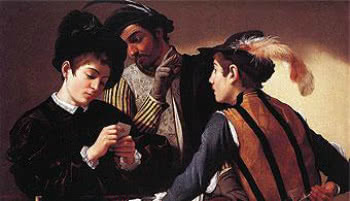
the cheaters
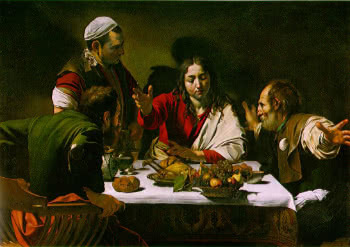
The Supper at Emmaus
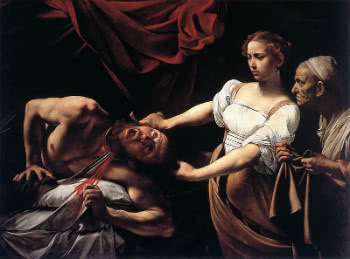
Judith and Holofernes
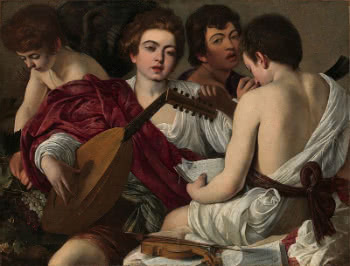
The musicians
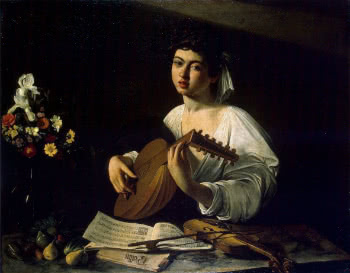
The Lute Player

The Flagellation of Christ
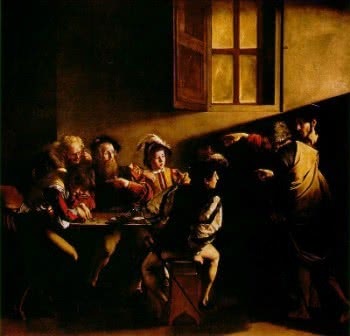
St. Matthew's vocation
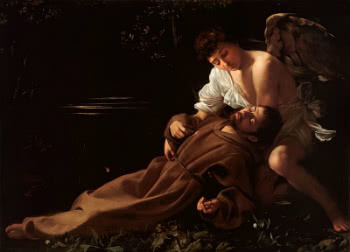
The Ecstasy of St. Francis of Assisi
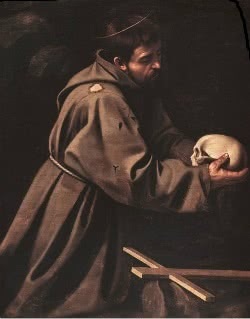
St. Francis of Assisi in Meditation

David with the Head of Goliath
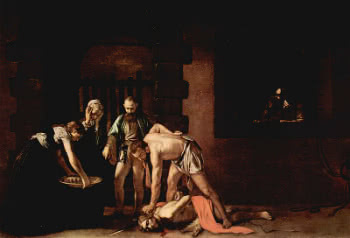
The Beheading of John the Baptist
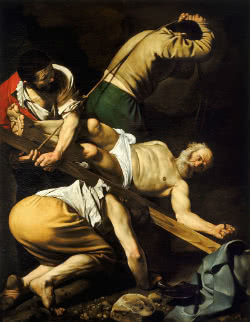
St. Peter's Crucifixion
Characteristics of the Works
With a unique style, Caravaggio expressed strong realism in his works. A large part of his works are based on religious and mythological themes.
He used games of light and shadows, a technique typical of the Baroque style called “Bright dark" (in Italian, chiaroscuro)
Thus, the background of his works was composed of dark colors that often confused viewers.
O "tenebrism” is the name given to this technique in which he used light and color in the foreground on a dark background.
This characteristic present in Caravaggio's works, offered a dark air and greater drama to the characters portrayed.
Therefore, the artist's main focus was on expressing the face and feelings of the portrayed figures. The big question is that he produced works with a focus on mundane aspects, that is, without great idealizations. He liked to represent people as they were and how he saw them on the streets of Rome.
Documentary about Caravaggio
The documentary "Caravaggio - The Master of Brushes and the Sword" depicts the life of the Italian painter. Directed by Helio Goldsztejn, it was produced by TV Cultura and Malabar Filmes in 2012.
Read too:
- Baroque
- Baroque style
- Baroque art
- Baroque painting

